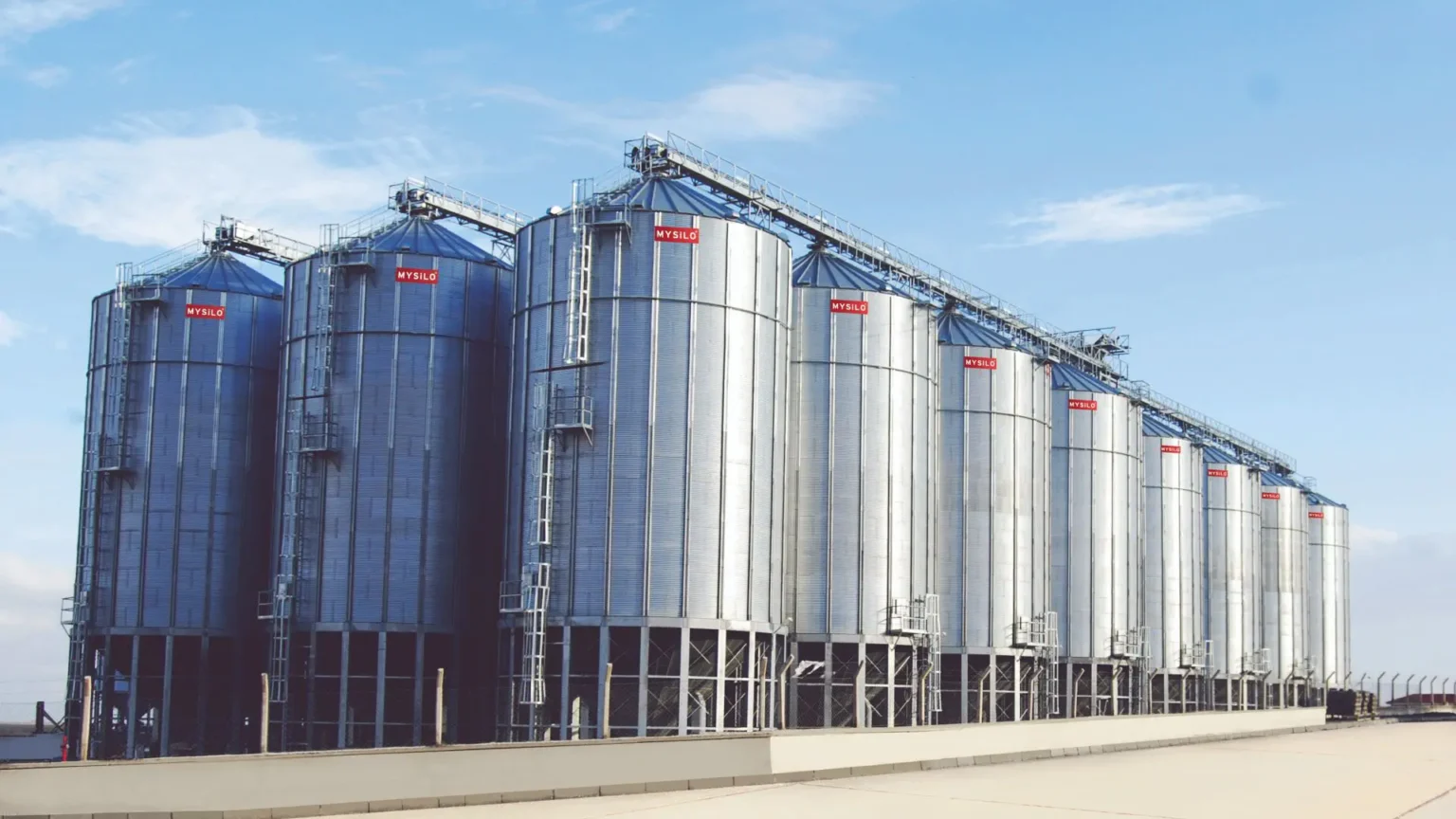- The investment will improve bilateral trade between the two countries, which stood at US$905.5 million from January to November 2021
- In the 2021/2022 financial year, the East African country reported a food surplus of over 3.6 million metric tonnes
- According to the 2019 Statistics, Tanzania exported more than 97,000 tonnes of maize
Agriculture in Tanzania
Tanzania is envisioning the construction of giant grain storage facilities and distribution centres in Mombasa to assist in selling surplus food crops from the country.
The proposed large Silos will facilitate the trading of surplus food crops between Kenya and Tanzania. The investment will improve bilateral trade between the two countries, which stood at US$905.5 million from January to November 2021.
Tanzania is ambitious about the grain storage facilities as the country is already operating established two-grain storage spaces in the Democratic Republic of Congo and South Sudan.
Read: Top reasons why agriculture players in Africa should use Artificial Intelligence
Through the Mombasa grain centre, Tanzania will be supplying agricultural products directly to Kenya. Tanzanian President Samia Suluhu Hassan and Kenyan President Uhuru Kenyatta agreed to harmonize trade barriers between the two countries resulting in a better trading environment.
The grain storage facility will be used by both the government and the private sector.
The Minister of Agriculture, Hussein Bashe, revealed on his Twitter page the intention of Tanzania setting up a grain store in Kenya’s coastal city island of Mombasa. Bashe added that the ministry would not directly involve itself in selling the grain exports but would act as an initiator.
The Tanzania Cereals and Other produce Board (CPB) reported that the grain stores in Juba and Lubumbashi were already experiencing a vibrant business environment. They also expected the Mombasa facility to outperform the two.
According to the 2019 Statistics, Tanzania exported more than 97,000 tonnes of maize. This factor opened the country to the opportunity of launching its grain surplus scheme with the Southern Agricultural Growth Corridor of Tanzania (SAGCOT).
SAGCOT was established in 2010 to create a transformed and economically viable agricultural sector in Tanzania that protects food security, enhances environmental sustainability, and improves livelihoods. The Agricultural growth corridor uses 350,000 hectares in the fertile southern islands of Tanzania to grow maize, wheat, paddy, sorghum, cassava, millet, beans, bananas and sweet potatoes.
World Bank, a significant funder of SAGCOT, said that its objective is to increase the adoption of new advanced technologies and improve the marketing strategies of smallholder farmers. This will, in turn, expand and create partnerships between the agribusiness sector in Tanzania and the smallholder farmers.
Recently, Tanzania has been posting food surplus in the agricultural harvest. In the 2021/2022 financial year, the East African country reported a food surplus of over 3.6 million metric tonnes.
Read: Agriculture Ministers commit to focus on innovation, profitability of farmers
The Mombasa grain store is not the first time Tanzania has planned on investment in Kenya. Bakhresa Group Limited, a food processing entity, had in the past expressed interest in setting up a maize mill facility in Mombasa, but the project never materialized.
With the eased trade barriers between the two countries, the trade will increase exponentially due to the free movement of factors of production.
The mining sector in Tanzania is also doing well in the export market.
Mining in Tanzania
The mining sector includes small- and large-scale mining of metals (gold, nickel, iron ore, cobalt, copper and silver), industrial minerals (diamonds, garnet, limestone, soda ash, salt, ruby, phosphate, gravel, gypsum, sand, dimension stones, tanzanite and graphite), and fuel minerals (coal and uranium).
Gold has the highest contribution to the value of mineral exports. Tanzania is the 4th largest gold producer in Africa.
The mining industry in the East African country remains a goldmine to investors and offers significant potential in the diversification of nickel, coal and uranium mining. The government also offers investment incentives and supply chain opportunities in the mining sector.
Read: First agriculture technology and innovation centre launched in Kenya
